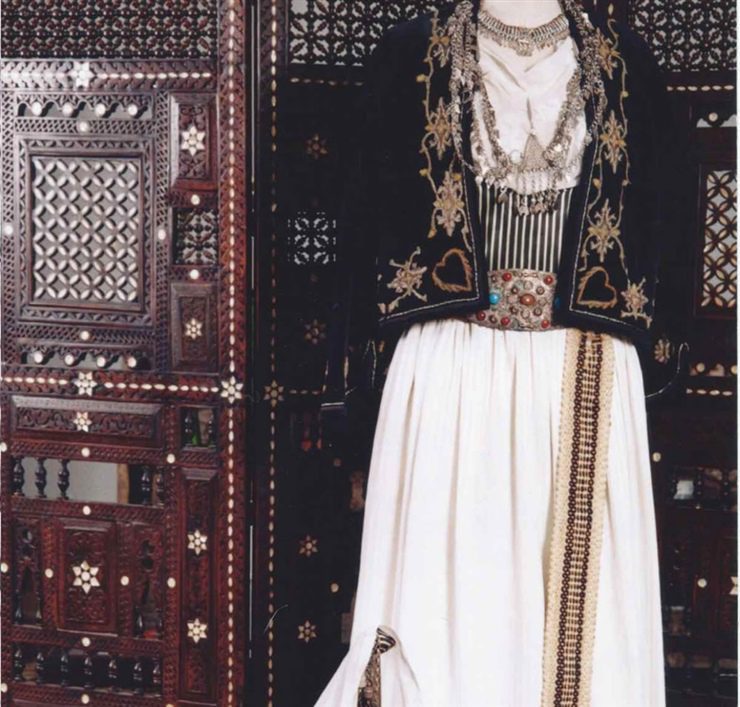Exhibition 1:
On the occasion of the centenary of his birth, and 40 years since his martyrdom
Exhibition 2:
WHISPERS OF TIME
WHISPERS OF TIME
Samia Saab is a senior consultant in Lebanese and Eastern heritage whose interest in costumes started as a hobby when she was a child and then developed into a profession. She has choreographed and designed all the costumes of the Operette Fakhreddine for the Baalbeck Festival in 1967. She was on the folklore committee of Baalbeck Festival from 1956 to 1967.
She graduated in 1954 from Beirut College for Women (now LAU) with a Bachelor of Arts and English Literature, followed by a Masters of Arts in History in 1956.
The Fascinating History of Ancient Lebanese Costumes
Elegant, sober and functional… so is portrayed the Lebanese Traditional costume which took off to evolve during the Emirate of Fakhreddine El Maani II starting from the 16th century. It came about to represent a way of life in a unified Lebanon during an authority characterized to be gentle yet firm, allowing diverse communities to coexist with a common ideal to live in freedom while sharing the same customs.
The presentation of Samia Saab’s collection of original Lebanese traditional costumes is none other than the product of a personal investment and hard work of a lifetime; an unwavering devotion that Samia Saab brings forth to her country, to its customs and traditions and to its identity.
“Lebanon has had its days of glory, strength and was at its peak between the 16th and 17th century. Unity and unparalleled osmosis existed at that time, coupled in a rare richness of the costumes from an ethnic point of viewâ€, she says to explain the correlation between the traditional costume and the socio-cultural belonging to a land, our land.
The costumes were sober, however, allowed movement. The elegance of the gestures were considered and were therefore translated in large armholes with flared cuts at the end, in addition to an overlay of colored fabrics and also wide belts to hold the Cherwals. Also not to forget were the wonderful headdresses in silver, crafted primarily in Machgharah and Marjeyoun; worn to lift the head up and to hold the “Mendil†or the Lebanese veil of Sufi origin.
The “Tantour†on the other hand, was marked by excellence for its form and function. Purely Lebanese, the “Tantour†symbolized nobility paired with a sense of dedication. It was made especially for the princesses, and remained as an undivided companion even while sleeping. It had a symbolic resemblance as to that of the nuptial ring, the unity of two clans, thus total allegiance to Fakhr El Din.


